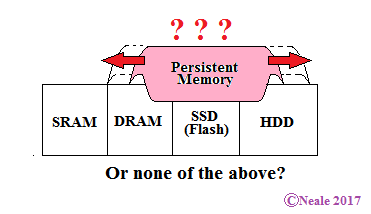I was initially wary of this recipe because it said to place the ribs up against the wall of the slow cooker, and I thought that would lead to the sauce not sticking to the meat well enough.
I was wrong. These are the best ribs I’ve ever made in a slow cooker. I cooked mine for four hours on high and occasionally spooned the sauce over the ribs.
Servings: 3–4
Ingredients:
1 (2½–3 lb) rack of pork ribs, halved
1 tablespoon salt
1 tablespoon pepper
1 tablespoon paprika
1 tablespoon chili powder
1 cup honey
½ cup soy sauce
10 cloves garlic, minced
Preparation
1. Season ribs evenly with salt, pepper, paprika, and chili powder. Rub in on all sides.
2. Add honey, soy sauce, and garlic to a large slow cooker.
3. Transfer the ribs to slow cooker and turn them over in sauce until coated. Position the ribs so they are standing up, with the meatier side down, and so the meat side is against the walls of the slow cooker, with the bone sides facing in.
4. Cover and cook on high for 4 hours, or low for 7 – 8 hours. Check after the allotted time, you want to make sure the meat is cooked through and tender.
5. Remove the ribs and transfer to cutting board.
6. Cut between the bones to separate into individual ribs.
7. Serve with additional sauce from the slow cooker, as needed.










